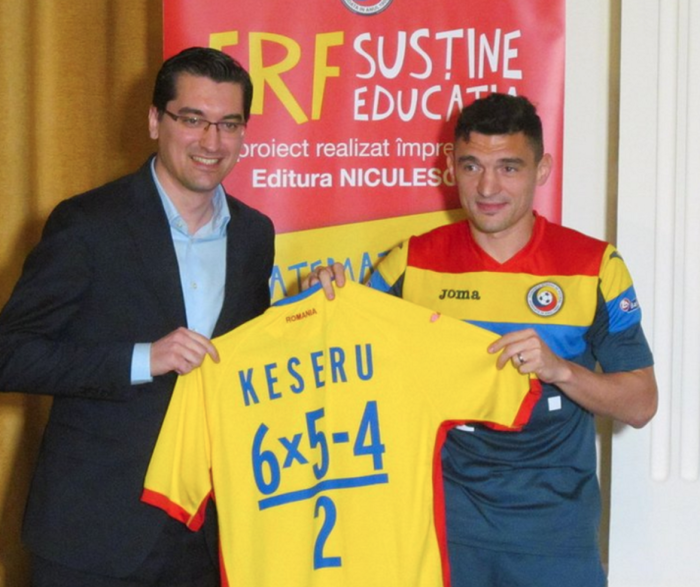Bambidele ‘Dele’ Alli’s first three England caps were as a substitute and on each occasion he wore 20, which is his number for Tottenham Hotspur.
His first start came against France in November, when he wore 7, and last Friday against Germany he shone in the number 10 shirt as England came from 2-0 down to win 3-2. With the days of your Gerrards and Lampards gone and Jack Wilshere sadly looking like becoming the player who is a bonus when fit and little else, there are spots up for grabs and the former Milton Keynes Dons player is intent on taking one.
All season, he has been instrumental in Tottenham’s title challenge, displaying considerable maturity in midfield, and England manager Roy Hodgson believes that his all-round skill levels are such that he can play in a variety of midfield roles.
Dele Alli could do anything in those midfield positions. He could be box-to-box. He could be a number 10, or a number 6. He could be any of them. He has genuine all-round ability.
He can challenge, run, fight for the ball, see a pass, score a goal. You mention Bryan Robson — that’s the player I’d like to think he could become.
Robson of course wore 7, for West Brom, Manchester United and England, but it’s the other part of Hodgson’s quote which is interesting, when looking at it through an English prism.
While Alli was 10 against Germany, it’s normally a striker’s number for the England team. Geoff Hurst wore it when scoring a hat-trick in the 1966 World Cup final and it was also favoured by Gary Lineker while it’s almost a certainty that Wayne Rooney will wear it at Euro 2016.
We would imagine that Hodgson referring to “a number 6” comes from his time coaching on the continent, where it is used as a shorthand for a half-back-type midfielder. In England, of course, it means only one position, and, while he may carry the national team on his back, we would be very surprised if Alli ever carried the number 6 too.
Players of this type, including one former Tottenham and England hero, often end up as number 8s in England, so this may well be the case.






